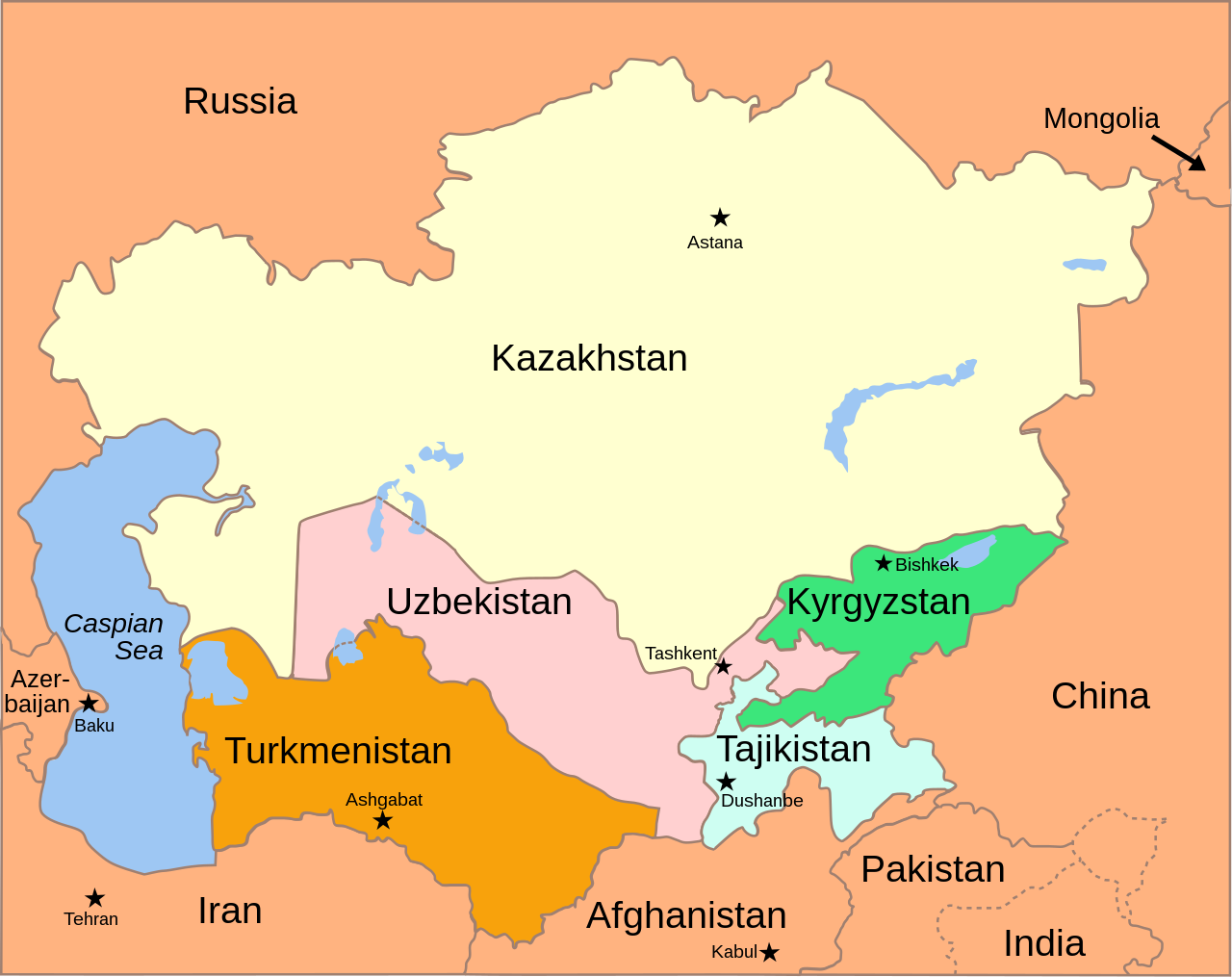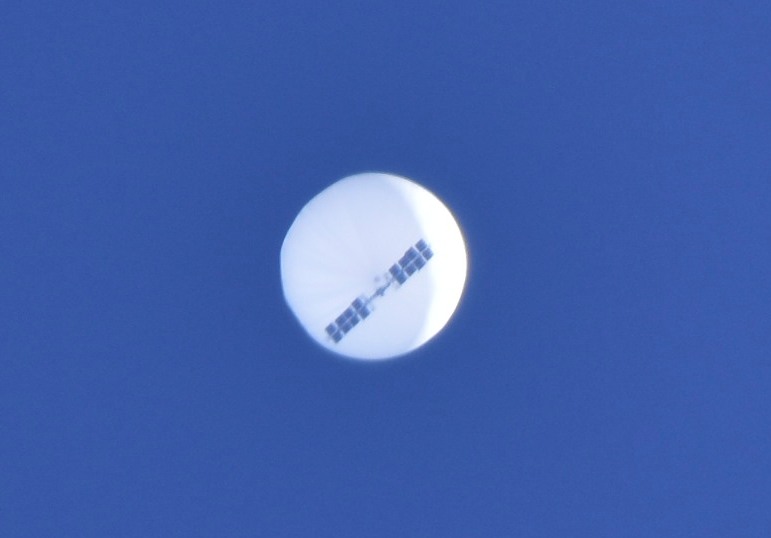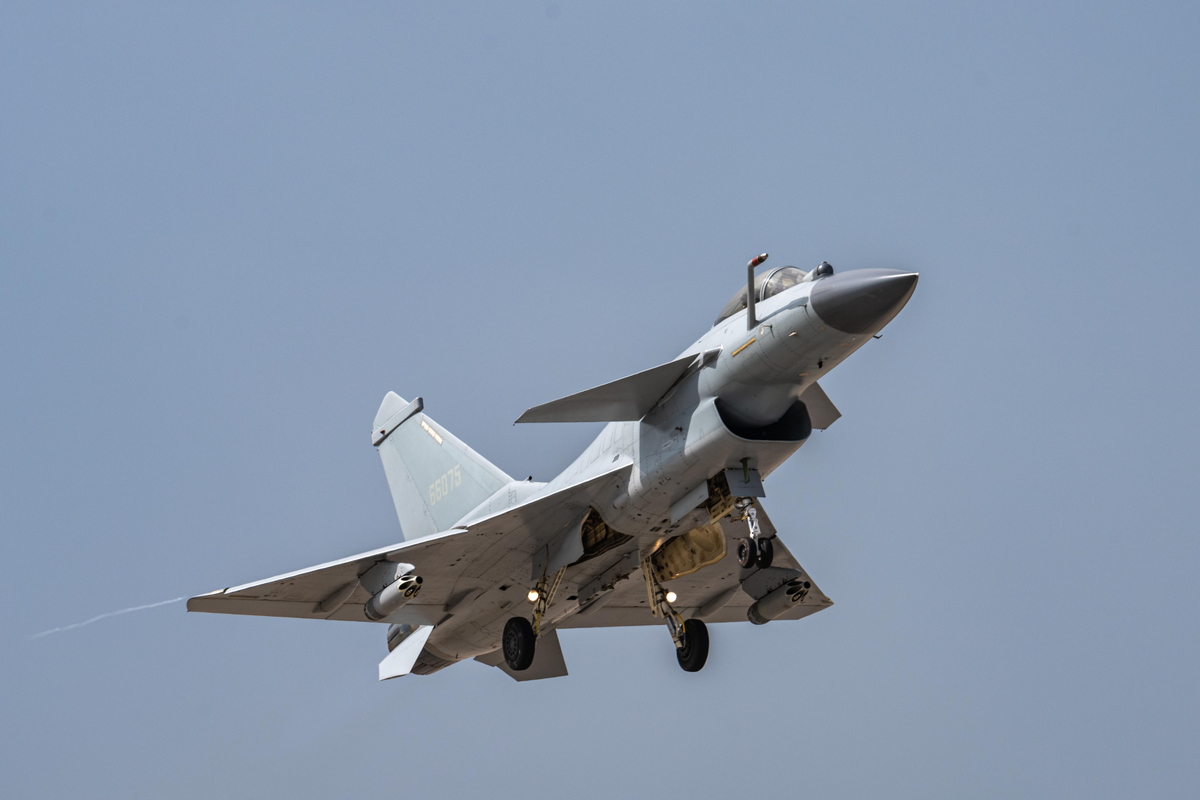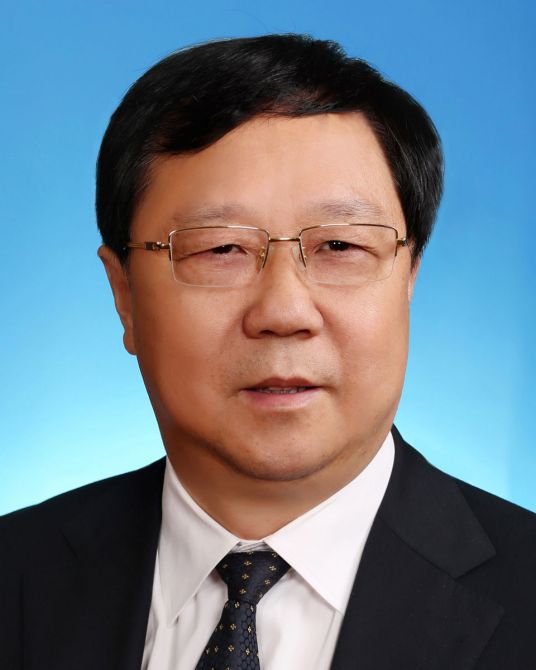
Cognitive Change Cycle with Precision Strike in Cognitive Domain Operations.
“The continuous application of artificial intelligence, big data, and other technologies [equip] the technically advantaged party with the ability to swiftly and efficiently collect cognitive data and then discover the weaknesses, sensitivities, and points of ignition in the adversary’s cognitive system.”
Researchers with China’s National University of Defense Technology (NUDT)[i] recently published an article outlining a framework for “precision strike” in covert efforts by the Peoples Liberation Army (PLA) to shape foreign audiences’ perceptions and behaviors. While the article is not singularly authoritative, the concept of precision strike broadly represents a military framing of the Chinese Communist Party’s “precise communication”[ii] external propaganda strategy, which uses consumer data to segment target audiences so that messaging can be crafted to successfully influence those audiences’ perceptions and behaviors.
In the NUDT researchers’ concept, behavioral data collection and algorithmic targeting enabled by artificial intelligence (AI), big data, and machine learning (ML) technologies are seen as the “fuel” and “engine” of cognitive domain operations. They facilitate the monitoring, collection, analysis, and evaluation of a target audience to sketch an “intelligent portrait” of its beliefs, values, opinions, and behaviors over time. Dynamic pool-based labeling[iii] and ML predictive models can then identify changing cognition and can suggest a time and place to inject bespoke messaging to maximize the impact of its messaging.
The authors assert tailored content is the “ammunition” of precision strike cognitive domain operations. The authors suggest that tailored content should match an audience’s cognitive profile to core messaging themes that align with their values. These may include legal persuasion, military deterrence, contradiction and diversion, emotional appeal, righteous guidance, and martial mobilization.[iv] The authors further conceive that such messaging could be used to build “information cocoons,”[v] or insulated and self-reinforcing media ecosystems that limit a target audience’s exposure to outside information. However, they do not suggest solutions for how Chinese propaganda and cognitive warfare practitioners could overcome what Chinese strategic communications experts often refer to as Western dominance in the international media layout,[vi] or the fact that Western media and social media platforms have effectively monopolized international news feeds through first mover advantages.
Finally, the NUDT researchers consider social media to be both the “delivery vehicle and battlefield” for cognitive domain precision strikes. The authors assert Western social media platforms, including Facebook, Twitter, and YouTube, are the key arena where China is competing for the hearts and minds of overseas audiences. Specifically, they assert Facebook is used for agenda-setting (what the authors call “preempting”),[vii] while Twitter and YouTube are used for coordinating actions and disseminating content, respectively, which the authors call “bombardment.” Precision strike’s parallels to precision communication showcases the degree to which PLA information and psychological operations are informed by the CCP’s propaganda work. While detailed open-source analysis of PLA information and psychological operations planning remains scant, analysis of China’s broader propaganda ecosystem can inform information operations and psychological operations practitioners as to how the PLA will seek to influence foreign audiences in the future.
Source:
“如何实现认知域作战精准打击? (How to Achieve Precision Strike in Cognitive Domain Operations?),” PLA Daily (official news outlet of the Chinese People’s Liberation Army), 13 March 2023. http://www.81.cn/yw_208727/16209631.html
Cognitive domain operations should grasp the rhythm and strength of “temporal immersion” – select the right delivery time according to the target’s cognitive dynamics, and gradually seek to expand the effects. Before the target audience forms an initial understanding of an event, we should seize the priority of information dissemination and “bombard” them with information to strive to “preempt.” In addition, during the fermentation stage of an event, when the subject’s cognition is not yet solidified, repeated dissemination of specified information can achieve the purpose of subconsciously reconstructing the subject’s cognition.
Notes:
[i] The National University of Defense Technology (NUDT, 中国人民解放军国防科技大学) oversees some of China’s top computer sciences, cyber, information and communications engineering, and intelligence portfolios. For more on NUDT, see: National University of Defense Technology (中国人民解放军国防科技大学), in China Defense Universities Tracker, The Australian Strategic Policy Institute (ASPI), 23 November 2019. https://unitracker.aspi.org.au/universities/national-university-of-defense-technology/
[ii] For more on precise communication and the CCP’s broader external propaganda strategy, see: Devin Thorne, “1 Key for 1 Lock: The Chinese Communist Party’s Strategy for Targeted Propaganda,” Recorded Future, 28 September 2022. https://go.recordedfuture.com/hubfs/reports/ta-2022-0928.pdf
[iii] “Dynamic pool-based labeling,” or “label pooling” (标签池) is a category of machine learning algorithms and subset of semi-supervised learning that ranks all unlabeled instances according to informativeness measurement and selects the best queries to annotate. The authors reference Cambridge Analytica as a model of such methods.
[iv] The authors do not distinguish between cognitive domain operations for overseas audiences and domestic. However, CCP researchers have discussed elements of legal persuasion in the context of sovereign claims over disputed territories. PLA researchers have frequently asserted its messaging can serve to mobilize domestic will-to-fight as a deterrence mechanism to weaken foreign audiences’ resolve to fight and win. Recent PLA propaganda research asserts that Syria’s use of women and children in anti-foreign intervention emotional appeals has successfully impacted support for foreign intervention.
[v] “Information cocoon” (信息茧房) refers to the phenomenon that people’s attention to information domains is likely to be habitually guided by their interests, and thus their exposure and consumption of novel ideas.
[vi] International media layout (国际媒体布局), as opposed to international media structure (国际媒体格局), refers to the strength, structure, and strategy of (in this context) a country’s international media penetration and influence.
[vii] PLA researchers broadly recognize the influence of first impressions and identify first-mover advantages as key to winning in the cognitive domain.
Image Information:
Image: Cognitive Change Cycle with Precision Strike in Cognitive Domain Operations
Source: Created by Author
Attribution: Image by Thomas Shrimpton








